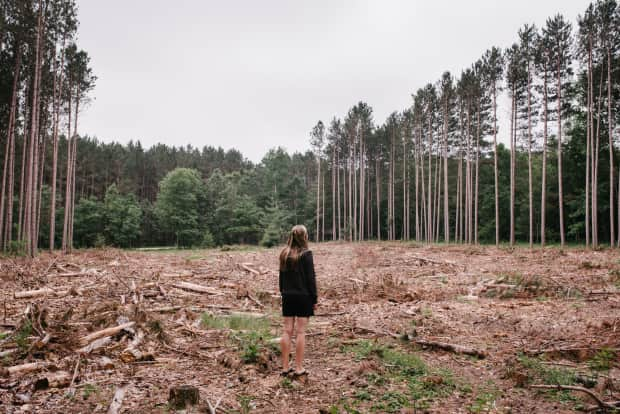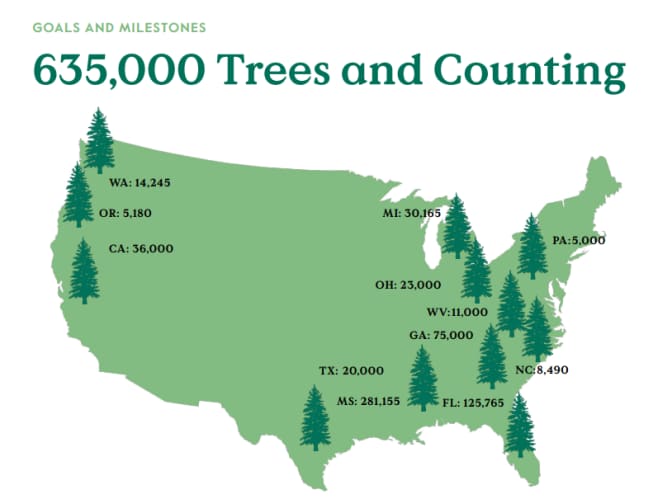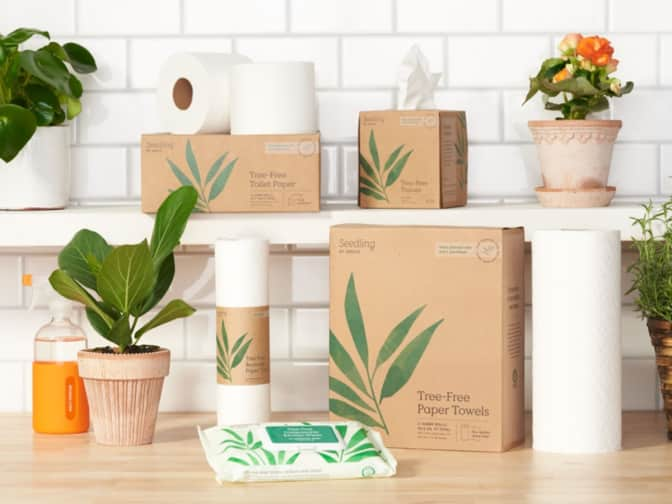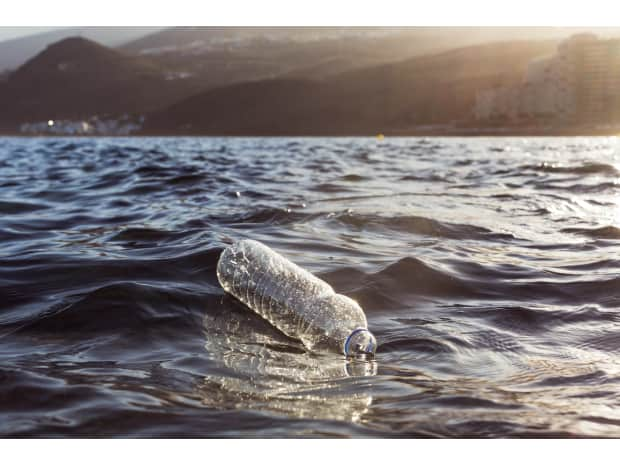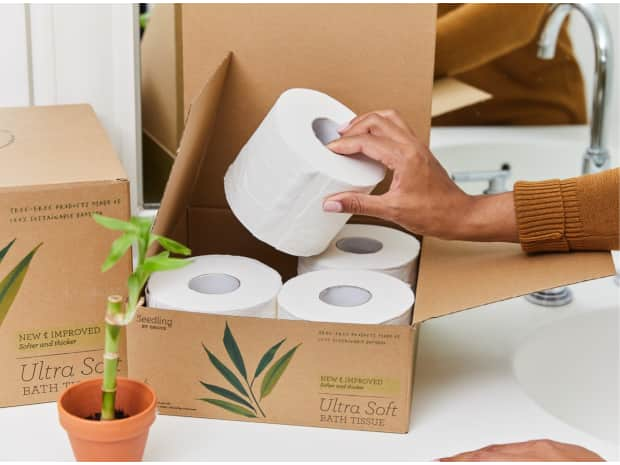Climate change
Combined, Canada’s boreal forest and the Amazon rainforest store 29 percent of the world’s terrestrial carbon stock. The boreal forest emits around 26 million metric tons of carbon dioxide each year, but removes around 113 million metric tons. By contrast, the Amazon rainforest emits a billion metric tons of CO2 annually, and scientists recently confirmed that it’s now emitting more than it can absorb.

